Attempts to solve problems in underserved communities live and die by an innovation process and how well it is executed. Variations of this process exist throughout the humanitarian aid sector, academia and other institutions, including this at Engineering for Change. I took part in UNLEASH, a nine-day innovation workshop run by the United Nations. Starting in 2017, UNLEASH began recruiting 1000 of the world’s most passionate under-35-year-olds to work together to create projects that address the Sustainable Development Goals (SDGs). To do this, a five-stage innovation process is used. This article examines that process using examples from my team’s project. I’m noting the strengths of the process and a challenge: How we can best support these projects going forward.
The Innovation Process
Problem Framing
In this stage, teams started with a general problem, or insight, that they had identified. They then needed to explore all aspects of the context surrounding that problem, locate the root causes and decide which cause should be addressed.
In our project, we identified that rural Myanmar had an extremely high rate of road accident deaths; 13 per day, the 2nd highest in South East Asia. This aligned with SDG 3.6 – halving the number of road accident deaths by 2030.
We identified four root causes that created a barrier to timely and effective first response after an accident:
- Poor roading infrastructure
- Poor communication infrastructure
- A lack of human resource in the medical sector
- A lack of first aid knowledge in the rural communities
Our team decided we could have the most impact by focusing on point 4. We framed our problem as: How can community members in rural Myanmar improve their ability to provide effective first aid immediately after a road accident?
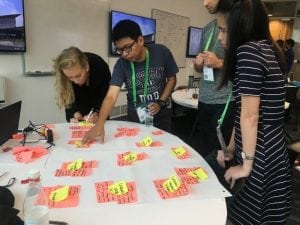
My team works on identifying the underlying problems that cause such a high road accident casualty rate in rural Myanmar.
Ideation
In this stage, teams created a range of ideas that had potential to address their chosen problem. The most promising ideas were then developed in more detail to understand the human, technical, financial and environmental impact they could have. Finally, a single idea was chosen for prototyping.
In our project, we identified four separate aspects of the solution that needed to be ideated; first aid teaching content, content delivery method, first aid tool kit and implementation method. Our solution is presented in Figure 2.
Prototyping
In this stage, teams were expected to explore aspects of their idea by creating focused prototypes. These could test a functional aspect of an idea (i.e. the dimensions of a product), aesthetic aspects of an idea (i.e. the branding of a marketing campaign) or more abstract aspects of an idea (i.e. 3D visualization of the distribution plan).
In our project, we focused on compiling existing virtual reality software and creating a first aid kit that matched what we proposed in our idea. This stage provided most value for communicating with external parties rather than identifying areas for improvement internally.
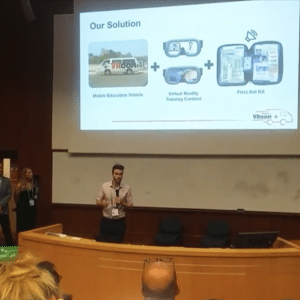
Presenting my team’s project to a panel of global leaders (UN, World Diabetes Foundation, Dalberg, Temasek)
Testing
In this stage, teams were expected to test aspects of their idea. This could be through testing their prototype (physical or software), validating their idea through user-research or testing the feasibility of their business model.
In our project, we focused on validating our business model and ensuring that we had a compelling cost-to-benefit ratio. We calculated our 1-year cost to be around $600,000, with most of the cost associated with providing first aid kits to the 19,000 community members we planned to train. Using previous research as a basis, we calculated that this improvement in first aid after an accident would lower the mortality rate from road accidents, in the specific regions we worked, in by 5%. This meant 72 lives would be saved each year (a saving of $7.2million to the economy).
Implementation
In this stage, teams were expected to develop an implementation plan and identify important funding and partnership opportunities. This aspect of the process was not given very much attention, and unfortunately, many of the solutions created were not feasible in the short-term. This was due to:
- Lack of technical feasibility
- Lack of financial feasibility
- Lack of originality
- Lack of detail
In our project, we aimed to create a focused, feasible solution that could be implemented in the short-term. We believe this was achieved and will be entering a small-scale pilot study near the end of 2018. To learn more about this, please email the team at the address under the following image or contact the author by commenting below.
Overall, UNLEASH was an incredible experience which allowed for valuable networking with global talents, learning about new innovation tools and building excitement and momentum in the journey towards achieving the SDGs by 2030. In the future, I hope UNLEASH guide participants towards feasible projects that can have real impact in the short-term, as this is how we will achieve the SDGs.
If you are interested in attending next year, please visit UNLEASH.org.
Note: The author wishes to acknowledge the members of his team at UNLEASH: Nay Lin Tun, Pavle Potparic, Choo Jia Hui and Anne Christine Heerdegen.
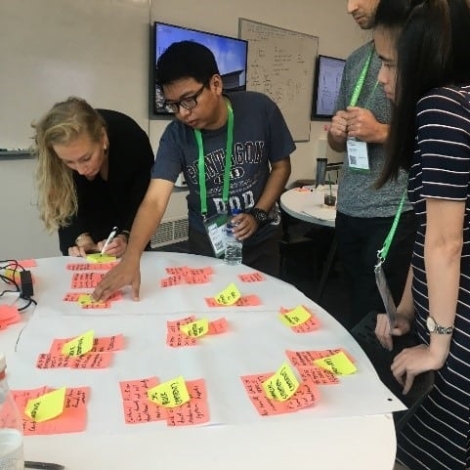
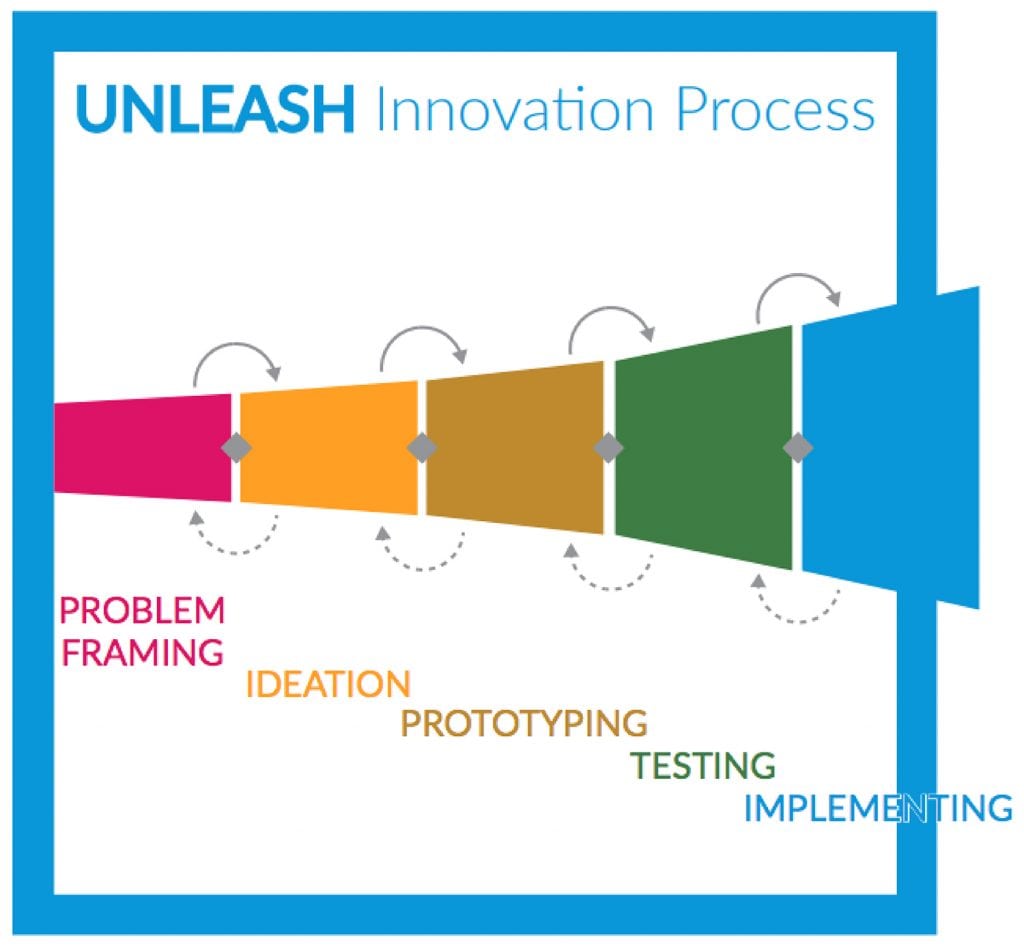
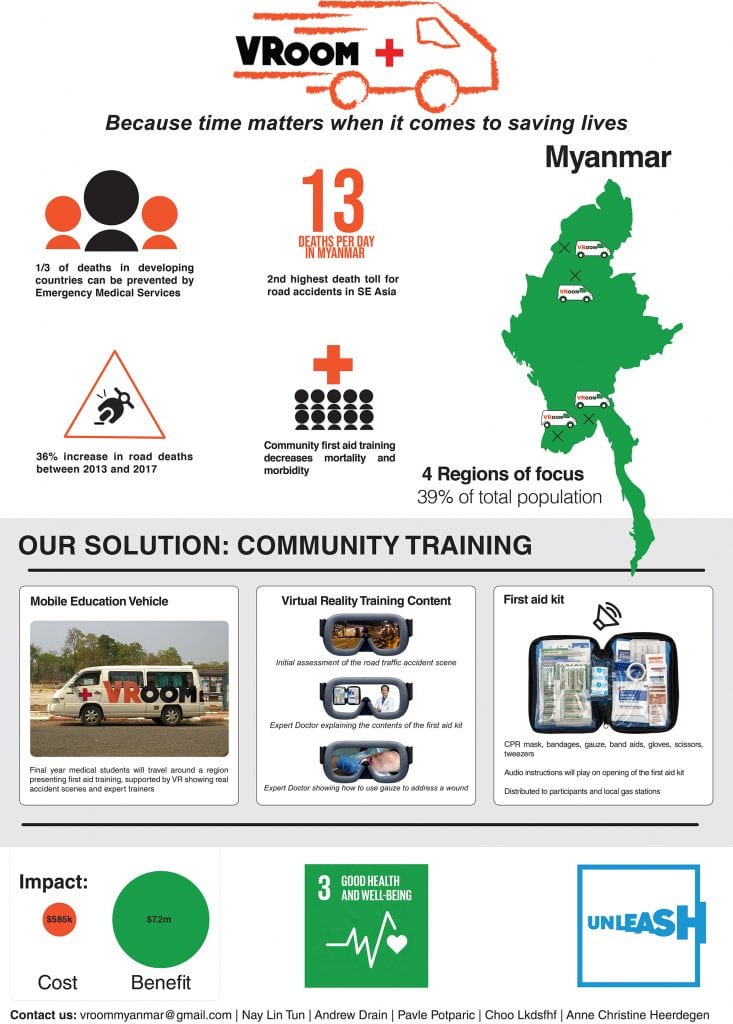
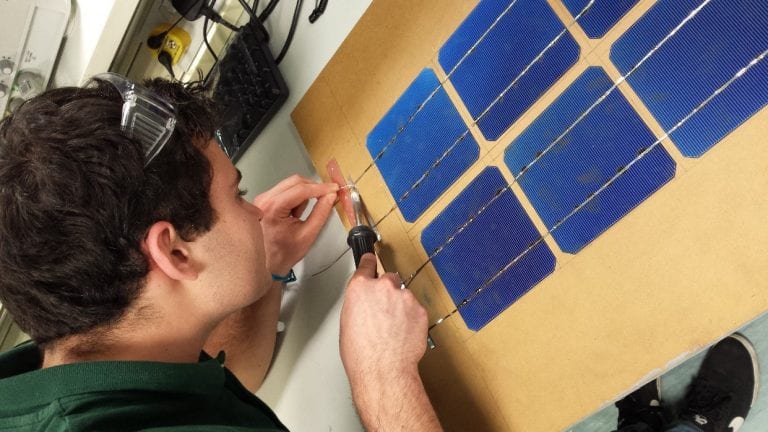
Are you working on food storage in world or not and also on less fertilizer food production ?